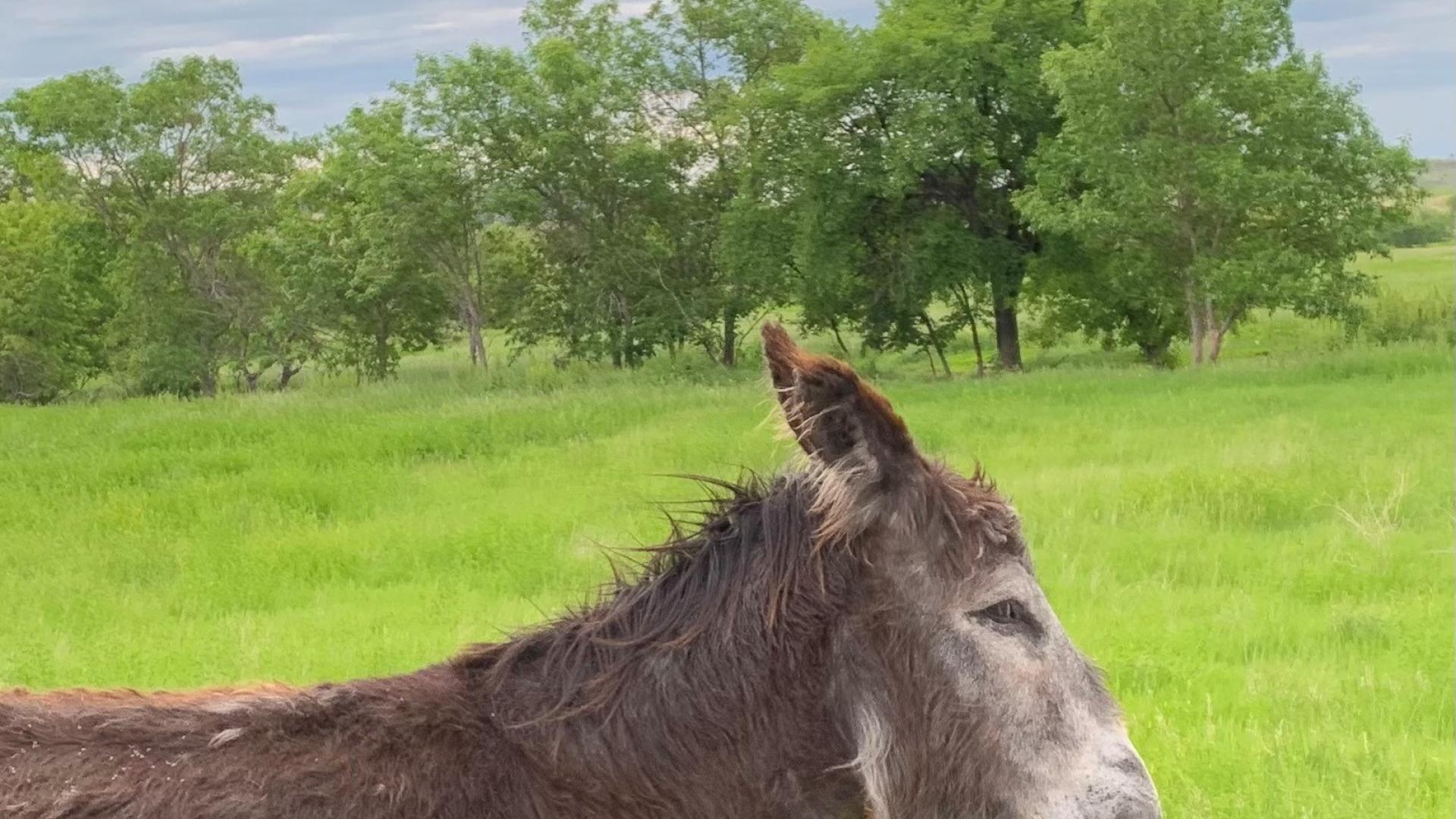
- Body
The Equus species are part of North America's natural ecology, as they evolved on this continent along with the grasslands. Equus includes horses, donkeys, and zebras. Fossil history clearly documents that equids developed in North America. The first equid, Eohippus, appeared in the Eocene Epoch 54-34 million years ago. This species was a small forest animal suited to the marshy environment of the time. Thousands of complete, fossilized skeletons of these animals have been found in the Eocene layers in North America, primarily in the Wind River basin of Wyoming.
In the Oligocene Epoch (34-24 million years ago), the climate of North America started changing to a drier climate, and the forests gave way to grasslands. Mesohippus and Miohippus appeared during this time, and these fossils were also prevalent in Wyoming. Parahippus and Merychippus arose during the Miocene Epoch (24-5.3 million years ago) as the large grasslands evolved. Merychippus was distinctly recognizable as a horse. Equus arrived about 4 million years ago during the Pliocene Epoch. Equus is the genus of all modern equines. The first Equus were 13.2 hands tall with a classic "horsey" body.
During the first major glaciations of the late Pliocene (2.6 million years ago), some Equus species crossed to the other continents by way of the Isthmus of Panama into South America and the Bering Strait into Asia and Europe. Until about 1 million years ago, there were Equus species all over Africa, Asia, Europe, North America, and South America in large migrating herds. During the late Pleistocene (~10,000 years ago), there was a rash of extinctions that wiped out most of the large mammals in North and South America. All the horses of North and South America died out, along with the mammoths and saber-tooth tigers. These extinctions seem to have been caused by a combination of climatic changes and overhunting by humans, who had just reached these continents. For the first time in tens of millions of years, there were no equids in the Americas.
At the end of the 15th century, the Spanish reintroduced horses and burros to the Americas. Horses that escaped, soon resumed to a wild state and proliferated on the plains of their homeland. By the time of Anglo exploration in the 1800s, vast herds of wild horses roamed North America.